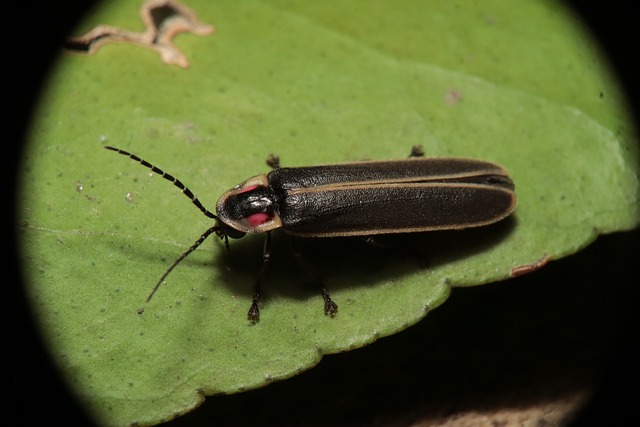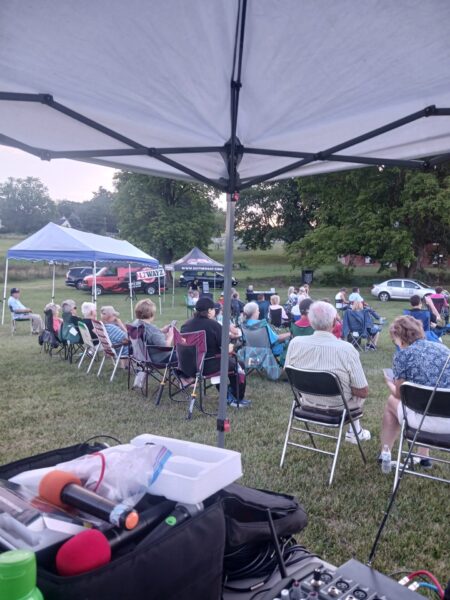The Firefly Watch Community Science Project is a unique initiative that combines an annual summer evening ritual with scientific research. The project invites anyone in North America to participate in tracking the fate of fireflies. With the help of community scientists, Mass Audubon hopes to learn about the geographic distribution of fireflies and what environmental factors impact their abundance.
To participate in Firefly Watch, all you need to do is spend at least 10 minutes once a week during firefly season observing fireflies in one location, such as your backyard or a nearby field. The project asks participants to count the number of flashing fireflies they see over the course of 10 minutes in three 10-second periods, as well as the number of flashing patterns. Participants are also asked to record information such as habitat type, precipitation, artificial light, and more.
To be most useful, a location site should be fairly small and cohesive, no larger than the area you can see easily while standing in one spot. A backyard that includes shrubs and trees can be considered one habitat, but a pasture bordering that yard would be considered a different habitat.
Fireflies, also known as lightning bugs, are neither bugs nor flies; they are actually beetles that light up using a chemical reaction in their lower abdomen. Some of them light up in a specific blinking pattern, like a secret code that they use to “talk” with other fireflies and to find mates. In North America, there are three main families of flashing fireflies—Photinus, Pyractomena, and Photuris.
The Firefly Watch Community Science Project is a great way to get involved in citizen science and help scientists map fireflies. By participating in this project, you can help researchers investigate changes in firefly populations and contribute to a better understanding of these amazing insects.
























